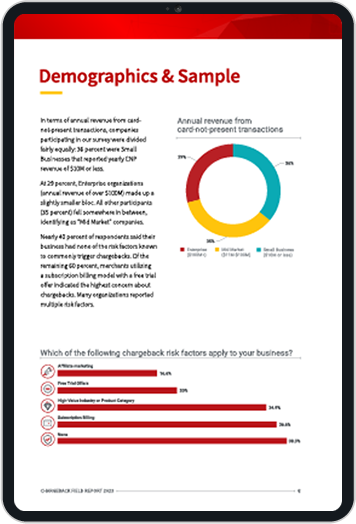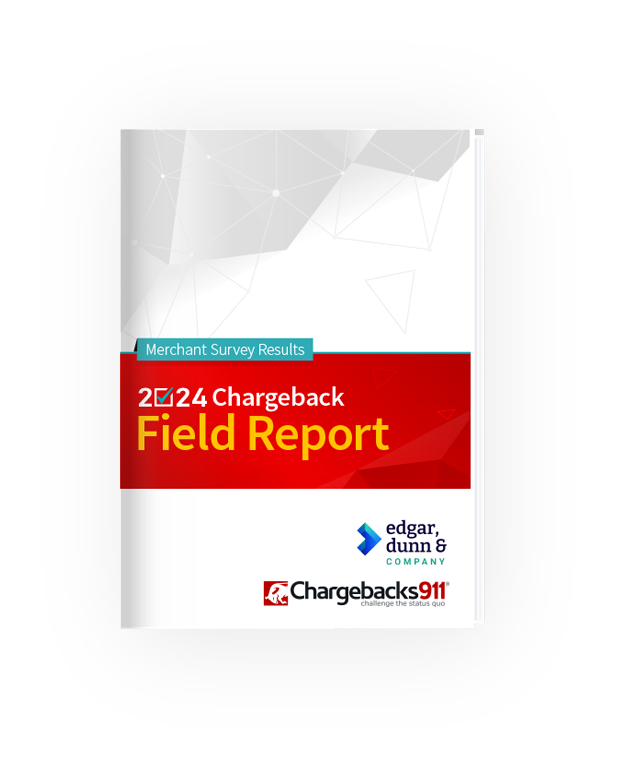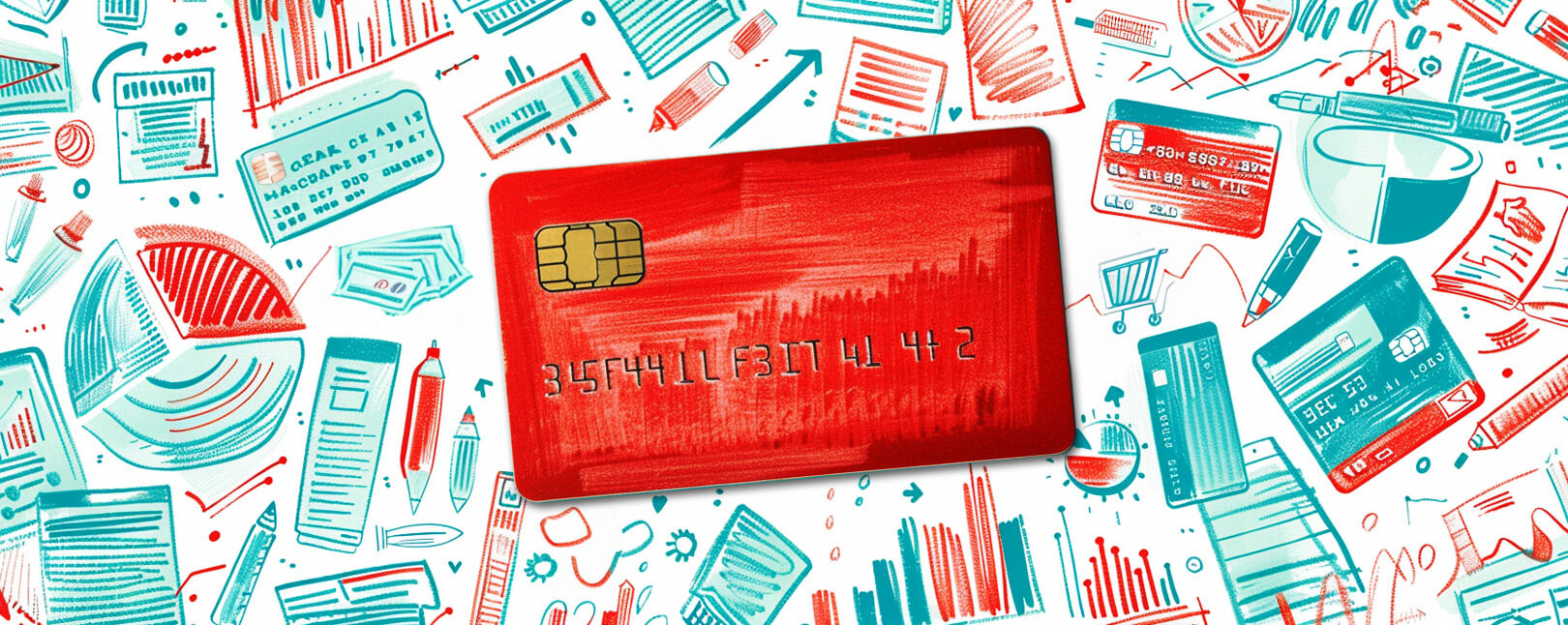What is Payment Fraud? What are the Best Strategies to Protect Your Business?
Unlike specific tactics like account takeover or spear phishing, the term “payment fraud” is a very broad umbrella term. There are literally dozens of different threats that fall under this mantle.
Essentially, anytime someone uses another individual’s information to make a payment without permission, that person is committing payment fraud. This is not a new problem; payment fraud has been around as long as the concept of currency has existed. However, it really taken on a new dimension with the growth of eCommerce and the card-not-present space.
Recommended reading
- Address Fraud: How Criminals Swap Addresses to Abuse Victims
- The Top 5 Prepaid Card Scams to Watch Out For in 2024
- How do Banks Conduct Credit Card Fraud Investigations?
- Key Credit Card Fraud Statistics to Know for 2024
- Scammers See Opportunity as March Madness Begins
- Man-in-the-Middle Attacks: 10 Tips to Prevent These Scams
What is Payment Fraud?
- Payment Fraud
Payment fraud refers to any criminal fraud tactic by which the perpetrator conducts a financial transaction without a valid authorization to do so. The fraudster typically impersonates a legitimate user, then completes as many purchases as possible (often in quick succession) to acquire goods for resale.
[noun]/pā • mənt • frôd/As the definition implies, “payment fraud” can cover any type of false, illegal, or illegitimate payment transaction completed by a criminal. Perpetrators can engage in payment fraud for a variety of reasons.
The fraudster’s specific aim can vary based on the tactic, but of course, the main underlying cause in any case of payment fraud is financial gain. They could be trying to make off with stolen funds. Or, the scammer might be trying to acquire valuable merchandise they can flip later and convert to cash. In either case, the fraudster profits, while the victims — the cardholder and the legitimate merchant on the other side of the payment — lose.
Payment fraud doesn’t have to be conducted online. Fraudsters tend to operate primarily in the eCommerce space, though, because it’s easier to commit card-not-present fraud as compared to card-present fraud.
An almost limitless number of opportunities are available for card-not-present fraudsters. In contrast, it’s much harder for you, as a merchant, to verify customers. EMV chip technology might have been the force that pushed a lot of fraudsters into the CNP space, but they’ve really adapted to the environment in the years since.
Payment fraud doesn’t have to be conducted online. However, fraudsters tend to operate primarily the online space, as it’s easier to commit card-not-present fraud when compared to card-present fraud.
How Payment Fraud Works: Common Payment Fraud Tactics
Like we alluded to already, there are dozens of individual tactics and scams that fraudsters can use to commit payment fraud. Some of the most common include:
Hackers can obtain the data they need, including cardholder information, banking information, login credentials, etc., through a variety of channels. Phishing is a common tactic where the fraudster creates a dummy site or email designed to trick a user into handing over their information. The fraudster might also use malware to steal information from cardholders without their knowledge or purchase stolen information on the dark web.
Payment Fraud Stats: How Much of a Problem is Payment Fraud?
In short: it’s big.
Data from the Nilson Report shows that worldwide payment fraud losses increased by 14% in 2021. This seems like a significant jump at first glance. However, it’s in line with the consistent upward trend in payment fraud attacks that’s been observed now for more than a decade.
The pattern of increased payment fraud losses doesn’t show any signs of slowing down. In fact, the same Nilson Report data went on to project that, over the next ten years, payment card losses are expected to reach an accumulated $397 billion worldwide.
As if that weren’t enough, the $397 billion figure quoted above is just direct losses. That’s not accounting for indirect costs, like lost profitability, fees, added overhead, and more. When we account for the fraud multiplier, we could see the global economy lose $1.49 trillion over the next decade due to payment fraud.
What Types of Fraud are NOT Considered Payment Fraud?
Payment fraud is a problem in the eCommerce space. However, merchants should keep in mind that not all fraud tactics they might encounter will qualify as “payment fraud.”
Some examples of other threats facing online merchants include:
Again…this is merely a shortlist of potential fraud threats. There are plenty of other non-payment fraud tactics out there, all aimed at separating merchants from their hard-earned cash.
These non-payment fraud threats are a serious concern as well. Friendly fraud, for instance, was the most prevalent fraud attack method in 2021, rising from fifth place in 2019.
Our Top 8 Tips to Stop Payment Fraud
Even if payment fraud isn’t the only threat facing one’s business, it’s probably where merchants need to start the risk management process.
Identifying chargeback triggers like friendly fraud and affiliate fraud usually depends on eliminating other legitimate threats first. You must rule out legitimate fraud claims before you can address false ones. In other words, many fraud tactics can’t be identified without ruling out payment fraud first.
To that end, here are eight simple tips to help prevent payment fraud and protect your business against loss:
#1| Encourage Account Creation
You should encourage buyers to create an account before making a purchase. This will help prevent one-off, “run and gun” fraud attacks. Accounts should also require strong, unique passwords.
#2| Use Multilayer Fraud Detection
Employing complimentary fraud detection tools like geolocation, velocity limits, address verification, and fraud blacklists can help you flag fraud cases and prevent loss.
#3| Employ Fraud Scoring
Along with the fraud detection tools mentioned above, you should also make use of fraud scoring. This tool examines fraud indicators and generates a simple numeric score for automated, up-or-down decisioning.
#4| Educate Yourself
You need to stay up-to-date on the latest payment fraud trends and new schemes. This will help you identify new and developing threats before they negatively impact your bottom line.
#5| Use 3-D Secure
This technology (branded as Mastercard SecureCode and Verified by Visa) is an opt-in program that adds additional verification to the checkout process. Think of it as a PIN code for a card-not-present purchase.
#6| Require Regular Password Changes
The longer a password goes unchanged, the more likely it is to be compromised. You should require customers to update their passwords regularly, and also verify account information to make sure nothing’s changed.
#7| Maintain Compliance
Ensure that everyone in your organization is up-to-date with PCI-DSS compliance standards and knows how to handle sensitive data. This can help prevent bad actors from gaining access to an internal email account, for instance.
#8| Seek Outside Expertise
There are some facets of fraud management that will be outside your wheelhouse. We strongly suggest seeking third-party support to manage more complex fraud challenges like friendly fraud and affiliate fraud.
In this post, we explored how fraudsters manage to carry out payment fraud schemes, as well as some of the most common tactics they use. We also looked at fraud threats outside the realm of payment fraud, and some practical steps you can take to reduce your risk.
Have additional questions? Check the FAQ below, or get in touch with the experts at Chargebacks911 to see how you can help manage fraud, reduce chargebacks, and recover revenue.
FAQs
What is payment fraud?
Payment fraud refers to any criminal fraud tactic by which the perpetrator conducts a financial transaction without a valid authorization to do so. The fraudster typically impersonates a legitimate user, then completes as many purchases as possible (often in quick succession) to acquire goods for resale.
Is payment fraud only an online threat?
Payment fraud doesn’t have to be conducted online. However, fraudsters tend to operate primarily in the online space, since it’s easier to commit card-not-present fraud as compared to card-present fraud.
How do you know if a payment is fraudulent?
First, you need to familiarize yourself with common tactics used to carry out payment fraud. Next, you can deploy a variety of fraud prevention tools and tactics designed to target each of these threats. You should also stay up-to-date with fraud prevention developments in the card-not-present space.
How is payment fraud most commonly detected?
This depends on the individual fraud tactic used. For example, address verification (AVS) can help stop clean fraud, but it may not work with account takeover if the cardholder’s billing and shipping information is already saved to the account. It’s critical for merchants to employ multiple different tools to get a more detailed impression of each purchase.
What factors determine whether a person will commit fraud?
According to the New York Office of the State Comptroller, four factors must be present for a person to commit fraud: opportunity, low risk of getting caught, rationalization in the fraudsters mind, and justification that results from the rationalization.
What are the most common forms of payment fraud?
Fraudsters can employ a number of different tactics to commit payment fraud in the card-not-present space. Identity theft, account takeover, synthetic fraud, clean fraud, wire transfer scams, and business email compromise are among the most common.












